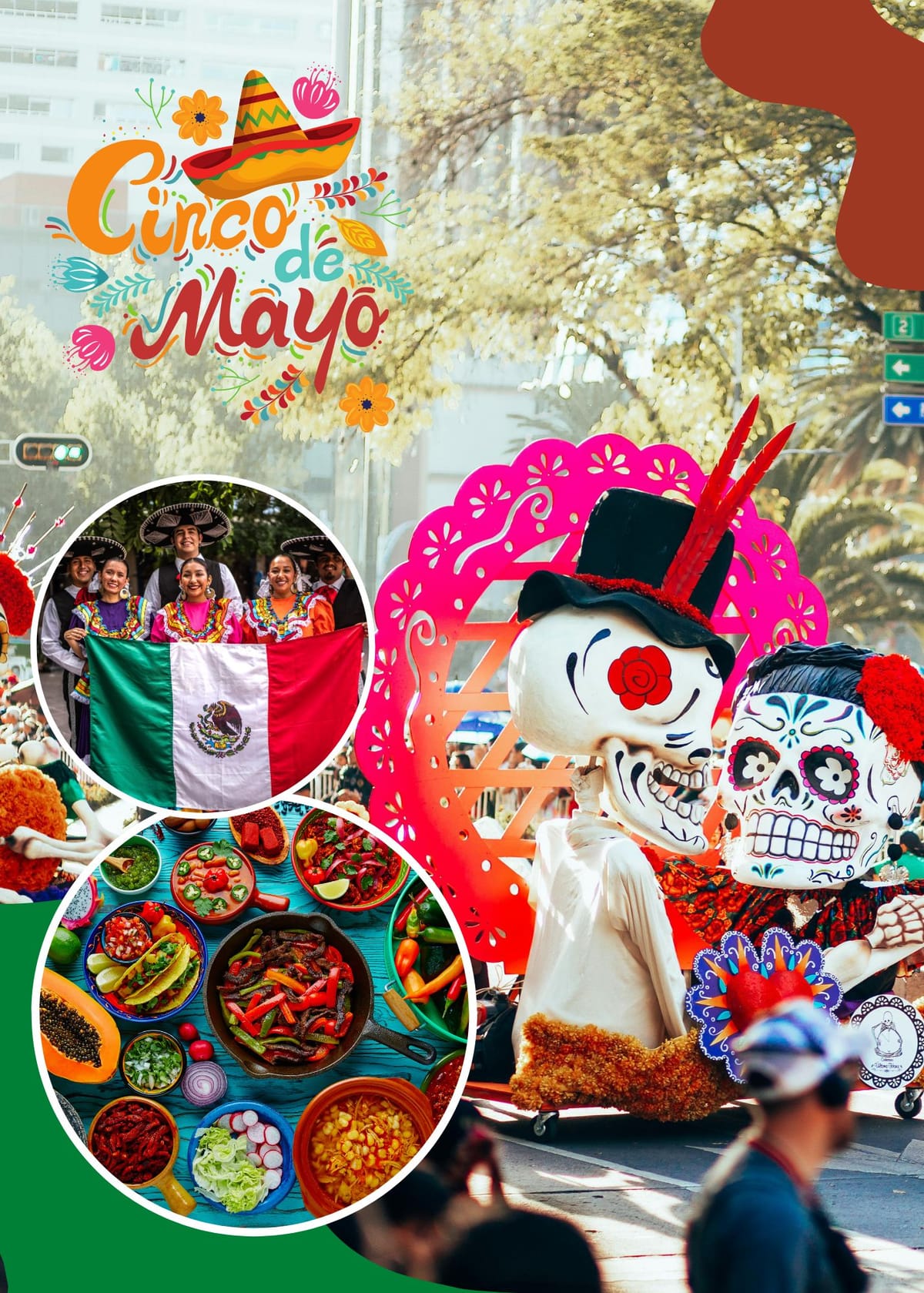Why Cinco de Mayo Is Celebrated in the U.S. — And What It Really Means
While many celebrate Cinco de Mayo with tacos and tequila, few know the deeper meaning behind the day. In the U.S., Cinco de Mayo has become more than a party — it's a symbol of Mexican resilience, cultural pride, and the powerful spirit of community that continues to inspire generations.

Every year on May 5th, cities across the United States come alive with the sounds of mariachi music, the smells of sizzling tacos, and the clink of margarita glasses. But while Cinco de Mayo has become a staple celebration in the U.S., many people still don’t know what the holiday actually commemorates — or why it's more widely observed in the States than in Mexico itself.
Contrary to popular belief, Cinco de Mayo is not Mexico’s Independence Day. That falls on September 16. Instead, May 5 marks the Battle of Puebla, a moment in 1862 when a small and poorly equipped Mexican army pulled off an unexpected victory against French forces in the town of Puebla. At the time, France — under Napoleon III — was attempting to expand its empire into Mexico, taking advantage of the country's internal struggles. The Mexican army, led by General Ignacio Zaragoza, defeated the French troops in a single day. Though the victory was short-lived in the grand scheme of war, it became a powerful symbol of resistance and national pride.
In Mexico, Cinco de Mayo is primarily celebrated in Puebla, with reenactments, parades, and ceremonies. But in the United States, the holiday took on a different life — one rooted in identity, resistance, and later, pop culture. Mexican-American communities began commemorating the date in the mid-20th century, especially during the Chicano Movement of the 1960s and 70s. For many, Cinco de Mayo became a way to honor Mexican heritage, culture, and the historical struggle against oppression — themes that resonated deeply with the civil rights energy of the time.
Over the decades, the celebration expanded into mainstream American culture, becoming a widely embraced — and often commercialized — event. Restaurants and bars caught on, and soon enough, Cinco de Mayo was associated with drink specials, themed parties, and a general festive atmosphere. While this visibility helped promote awareness of Mexican culture, it also sometimes blurred the meaning of the day into stereotypes and superficial nods to tradition.
Still, at its core, Cinco de Mayo is a celebration of resilience — of a people who stood their ground, of culture that refuses to be erased, and of the continued strength of Latino communities across the U.S. Today, it serves not only as a time to enjoy great food and music, but also to reflect on the rich contributions of Mexican-Americans to the nation’s social, political, and artistic fabric.
So the next time you raise a glass or bite into a perfectly folded taco on May 5th, remember what you’re really toasting to: the spirit of resistance, the beauty of heritage, and the power of a people who keep showing up — strong, proud, and unshaken.
Booking.com




